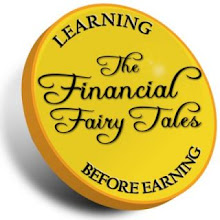Financial Education in Schools
Adapted from an Australian Government report investigating Financial Literacy among women.
Financial literacy programmes in schools: This approach to improving financial literacy is advocated in Australia and internationally, by government and the business sector, because it reaches a large part of the population and is a means to teach basic concepts to young people before they face financial crises or have to make major financial decisions.
There is ongoing discussion about where in the curriculum financial studies ought to be incorporated: mathematics and personal development are two favoured learning areas. Also under discussion are questions of when financial education should start and what should be included (ASIC 2001). While discussions continue, government initiatives have begun in Australia, the USA, Canada and the UK.
Financial education in schools has the potential to allow young people the opportunities listed by the UK Financial Services Authority (1999):
•to develop numeracy, literacy and IT skills in the context of personal finance;
•to develop an understanding of the nature and use of money in its various forms, including credit and debt;
•to learn how to access, interpret, question and evaluate financial information and advice;
•to learn about the consequences of financial decisions and about consumer rights and responsibilities; and
•to learn how to weigh up risks and benefits in order to choose appropriate solutions to particular financial needs.
Such a suite of skills, they believe would equip young people to deal with financial situations as they arise.
One of the main limitations of financial education in schools is that students may have a limited interest in learning about things that have little immediate relevance to their lives. While they may be keen to learn about buying a car, they are unlikely to be interested in superannuation. Further, as the range of financial services and products continues to grow, it is not feasible for schools to provide comprehensive financial education.
The effectiveness of financial education in schools is also affected by limitations on time available and teachers expertise.
Labels: financial education, financial literacy, financial literacy for kids

